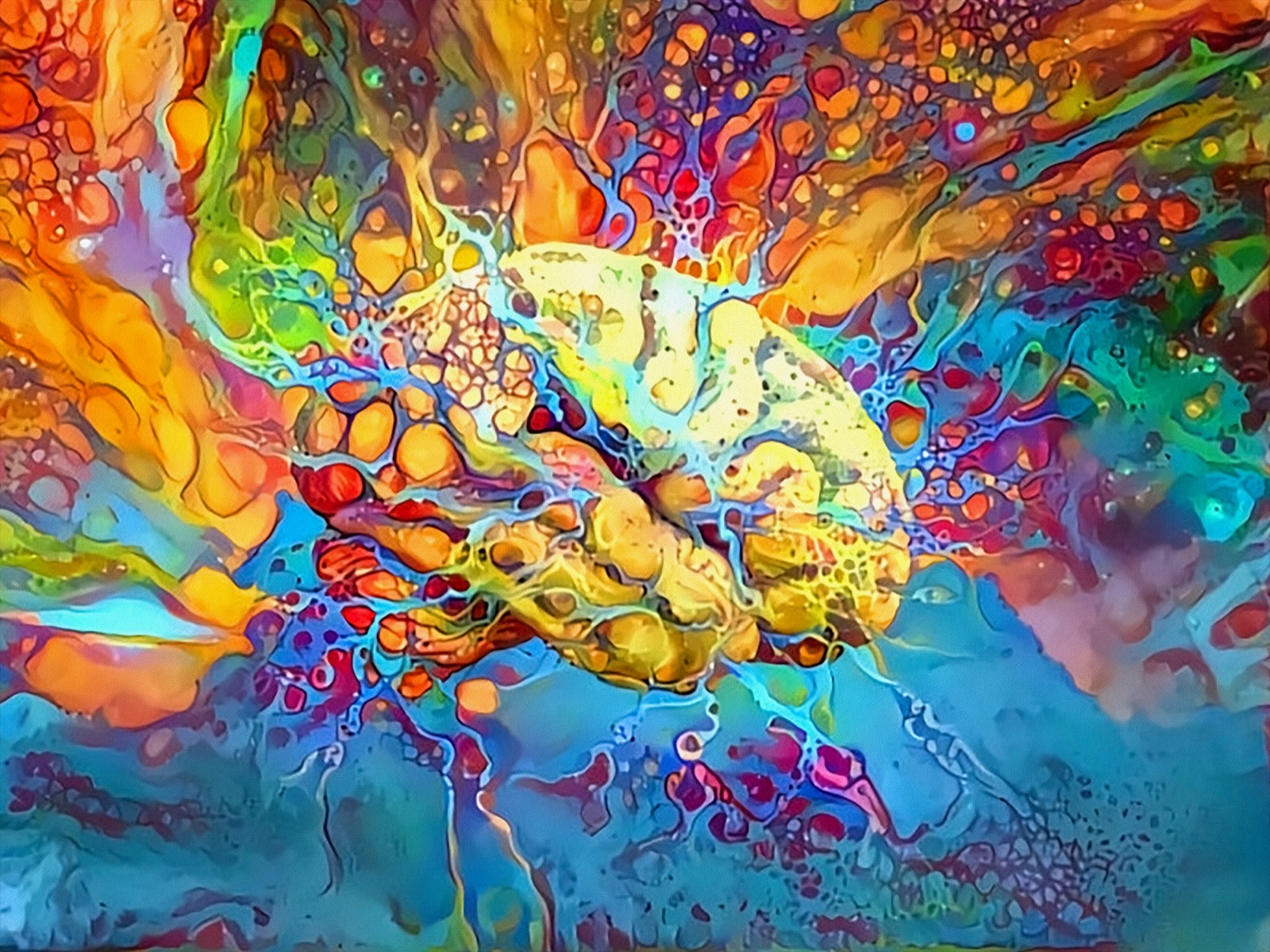Exploring the Effect of Trump Art on Contemporary Political Discourse
Exploring the Effect of Trump Art on Contemporary Political Discourse
Blog Article
Exploring the Diverse Globe of Artistic Expression: From Surrealism to Abstract Realistic Look
In the world of creative expression, from the dreamlike landscapes of surrealism to the elaborate play of light and form in abstract realistic look, artists have actually constantly pressed the limits of imagination and imagination. Each activity holds a special lens with which the globe is seen and translated, offering a look into the midsts of human feeling, perception, and thought. As we discover the diverse globe of art, we exist with a tapestry of designs, techniques, and philosophies that test our understanding and provoke contemplation. The trip with these varied forms of creative expression assures to decipher a rich tapestry of aesthetic storytelling and intellectual query that captivates the mind and stirs the spirit.
Surrealism: Releasing the Subconscious
Surrealism, a progressive imaginative activity of the 20th century, delved right into the midsts of the subconscious, introducing a world of dream-like imagery and unique juxtapositions. Led by artists like Salvador Dali, René Magritte, and Joan Miró, Surrealism sought to test the conventional methods of recognizing and seeing art. Via techniques such as automatism and dream analysis, Surrealist artists aimed to tap into the unconscious mind to reveal hidden truths and wishes.
One of the crucial elements of Surrealism was the emphasis on the irrational and the uncanny. By combining unexpected elements in their jobs, Surrealist artists aimed to create a feeling of disorientation and shock in the visitor. This disturbance of reasoning and factor was meant to provoke a deeper exploration of the subconscious and the mysteries of the human psyche.
Abstract Realistic Look: Redefining Assumption
Testing conventional artistic boundaries, Abstract Realistic look redefines understanding via the combination of recognizable components with abstract kinds. This cutting-edge strategy to art incorporates the representational precision of realism with the creative freedom of abstraction, offering visitors a special visual experience that motivates them to examine their understanding of truth.
In Abstract Realism, artists strive to capture the significance of their topics while also instilling their work with a sense of deepness and complexity through abstract components. By blending the accustomed to the unfamiliar, these musicians invite audiences to engage with their items on numerous degrees, encouraging them to explore the subtleties of color, texture, and form.

Cubism: Fragmenting Fact
Using fragmented viewpoints and geometric kinds, Cubism reinvented the imaginative depiction of fact in the very early 20th century. This approach not just deconstructed truth yet additionally stressed the monotony of the canvas, leading the way for future abstract art motions.

Cubism can be classified right into 2 major stages: Analytical Cubism, identified by single color design and elaborate, fragmented types; and Synthetic Cubism, which integrated collage aspects and brighter colors into the compositions. With these distinctive stages, Cubism affected not only painting yet additionally sculpture, layout, and style. trump art. Its influence resounded throughout the art world, inspiring artists to check out brand-new methods of analyzing and standing for the world around them
Expressionism: Feelings on Canvas
Exploring the depths of human emotions through expressive and dazzling brushstrokes, Expressionism emerged as a profound creative activity in the early 20th century. Unlike previous art motions that focused on illustrating the external globe, Expressionism explored the interior world of the artist's subconscious, aiming to stimulate raw emotions and prompt visceral feedbacks from audiences.
Expressionist musicians, such as Edvard Munch, Egon Schiele, and Emil Nolde, declined traditional concepts of beauty and realistic look for distorting form and shade to share subjective sensations. Making use of overstated brushwork, vibrant colors, and altered figures assisted create a feeling of anxiousness, alienation, or interest in their works.
One of one of the most famous instances of Expressionism is Munch's "The Scream," which captures the extreme anxiousness and anguish of modern life with its swirling, altered number versus a blood-red skies. Via their emotionally charged jobs, Expressionist artists looked click over here now for to challenge standard artistic standards and give a window into the unstable midsts of the human heart.
Contemporary Art: Developing Point Of Views

Among the defining attributes of modern art is its constant development and ability to adjust to transforming cultural landscapes. Artists are significantly including technology right into their technique, blurring the lines between the electronic and physical worlds. This blend of tools permits innovative ways of narration and involving with audiences in a much more interactive manner.
In addition, contemporary art often works as a platform for social commentary, attending to pushing issues such as identity, politics, and the atmosphere. Artists are using their work to prompt and trigger crucial discussions thought, shedding light on the complexities of the globe we stay in. As perspectives proceed to evolve, contemporary art remains a significant and vibrant force in shaping our cultural landscape.
Verdict
To conclude, the globe of creative expression encompasses a vast array of designs and movements, each with its very own special technique to sharing significance and feeling. From surrealism's expedition of the subconscious to abstract realistic look's redefining of understanding, and from cubism's fragmentation of truth to expressionism's representation of emotions, art continues to evolve and test viewpoints - trump art. Contemporary art reflects the ever-changing world we live in, using brand-new ways to translate and comprehend his comment is here the complexities of our reality
As we explore the multifaceted globe of art, we are offered with a tapestry of styles, techniques, and viewpoints that test our understanding and prompt consideration. Its impact reverberated across the art world, motivating musicians to check out new means of standing for the globe and translating around them.

Report this page